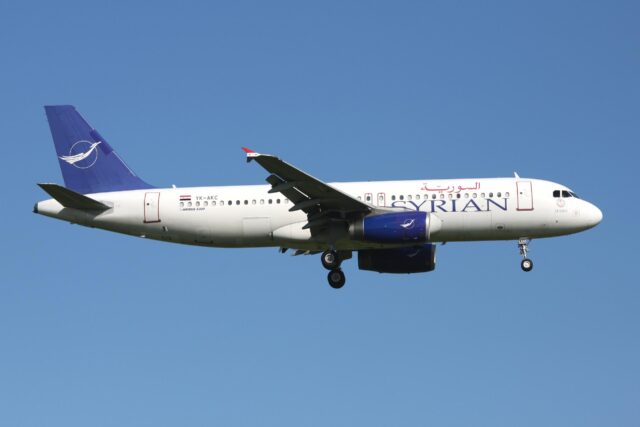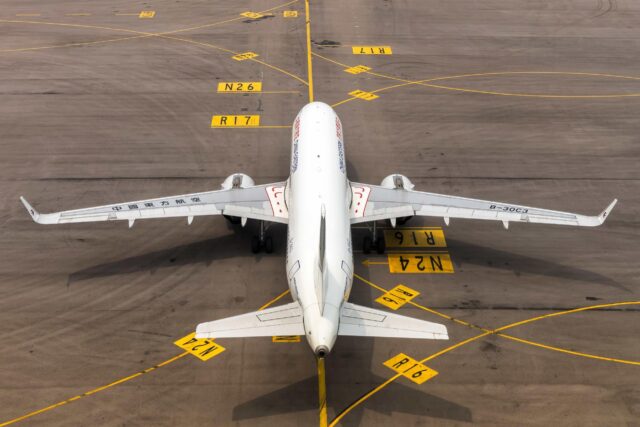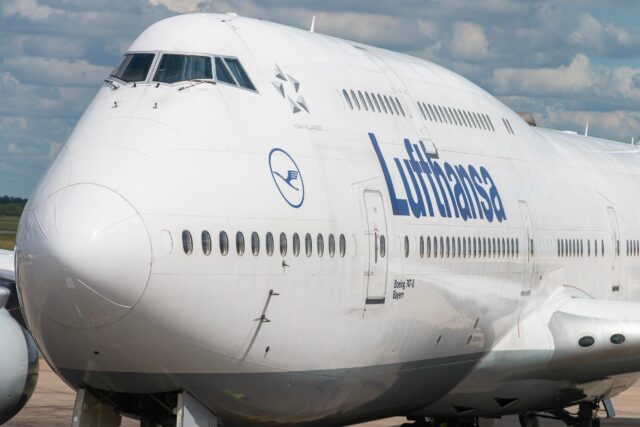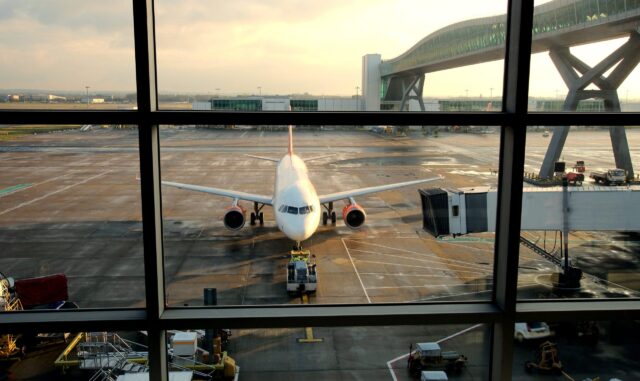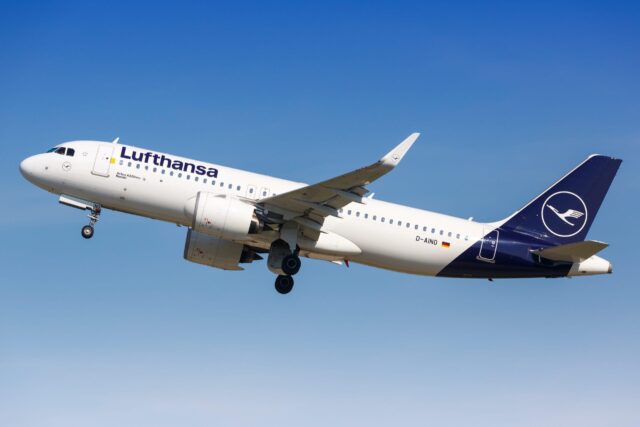US doubles down on F-47 6th generation fighter jet for NGAD at the expense of F-35

June 27, 2025

The United States has laid out its plans for the future of the Air Force with the publication of its full year 2026 budget. Released by the Pentagon on 26 June, the request prioritises accelerated development of a 6th generation fighter jet, bombers and accompanying technologies required under the Next Generation Air Dominance (NGAD) programme.
In total, the budget request totalled $961.6 billion across the DoD. The share allocated to the Air Force is $301.1 billion, which includes $40 billion for the Space Force.
This total includes approximately $113.3 billion tied to a reconciliation bill. This legislative process allows Congress to pass budget-related measures through the Senate by a simple majority, and while not confirmed yet, is likely to give the DoD a budgetary boost.
All in on 6th generation platforms
The USAF is doubling down on the development of its NGAD 6th generation fighter jet, the F-47, with billions allocated to the programme. In the 2026 request, $3.5 billion is allocated to the F-47, plus around $900 million more from reconciliation, giving the programme a $4.4 billion boost.
The USAF is planning for a fleet of at least 185 Boeing F-47 fighter jets, with the type expected to enter service before the end of this administration in 2029.

Alongside this, the investment in Collaborative Combat Aircraft (CCA), also known as loyal wingmen drones, has almost doubled from the previous level of $494 million to a new high of $807 million.
Developing solutions for manned-unmanned teaming of air platforms is central to the US NGAD programme, which is reflected in the budget requests this week.
Complementing the investment in the F-47 and loyal wingmen drones, the US proposes allocating $10.3 billion to the B-21 Raider programme, to ramp up production. While not a fighter jet, the B-21 is considered a 6th generation stealth bomber due to its advanced capabilities and technologies.

This is the single largest allocation towards a next-generation air platform, reflecting the push to accelerate production of its future stealth bomber. Flight testing of the platform is already underway, with service entry projected for late 2026 or 2027.
Early retirement of A-10 Warthog and E-7 Wedgetail cancelled
While the budget request is a win for future air combat capabilities, there have been some losers too.
Notably, the US proposes halving its purchase of F-35A fighter jets in 2026, taking just 24 instead of the previously-planned 48. Overall F-35 orders will be cut from 74 to 47 across all branches.
The entire A-10 Warthog fleet will be retired in 2026, two years early. Around 162 airframes will cease to serve the USAF, a move that’s designed to save money in the long run, despite it incurring a one-time charge of $57 million.

In a blow to Boeing, the Air Force is scrapping its plans to introduce the Boeing E-7 AEW&C aircraft as a replacement for the E-3 Sentry. The administration sees space-based sensors as a better investment than airborne solutions, and floated concerns about survivability of the platform in modern battlefields.
On the upside, the budget includes funding for 21 more F-15EX Eagle IIs at a cost of $3.1 billion.
What happens next?
The President’s request sets out the vision for US defence spending in the next fiscal year, which begins on 1 October, 2025, and runs through to September 2026.
But the request is not finalised yet, and will undergo several layers of scrutiny before it is approved.
Next, the House Appropriations Defense Subcommittee will review the draft bill ahead of a full house and senate debate, likely in the summer. If all goes well, the President will sign it into law in September.
